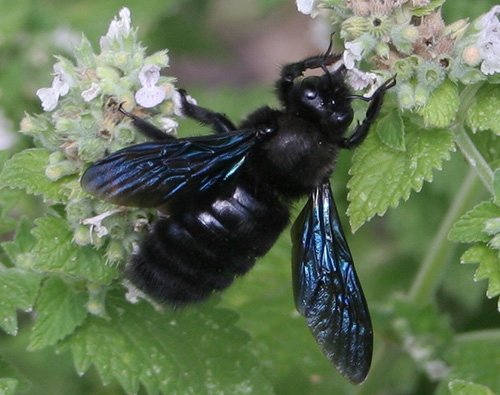What a fantastic project created by this young man interested in the conservation and protection of wildlife across the world. Animal Education with Cole Shirk. (The Iberian Lynx)
Cole started his virtual interview channel on you tube to share his love of wild animals and over the last four years the project has grown to not only talk about wild animals but also the conservation of those animals.
This is a really good virtual interview with excellent questions and answers about the basics, habits, status and conservation practices for the Iberian Lynx In Spain and Portugal
Rafael from the Jardim Zoologico (Lisbon Zoo) in Portugal answers the questions about the Iberian lynx simply and concisely. Watch the video below. Fascinating stuff! 🙂
More information about the Iberian Lynx can be found over at Wildside Holidays. Click here.
Video: Animal Education with Cole Shirk. (The Iberian Lynx)
Cole continues to talk with Zoos, Researchers, Rescues and Hobbyists that care about wildlife as much as he does.
Enjoy the videos on Animal Education with Cole Shirk.
Check out his channel
https://www.youtube.com/channel/UCsWcid8jnURlKAzoK3YB3jQ
The Grazalema Guide
Everything you need to know about visiting grazalema and more! https://grazalemaguide.com/
Wildside Holidays – Spain
The top wildlife, activity and walking holiday companies in Spain. Small family companies living and working in Spain. Local guides are the best!






